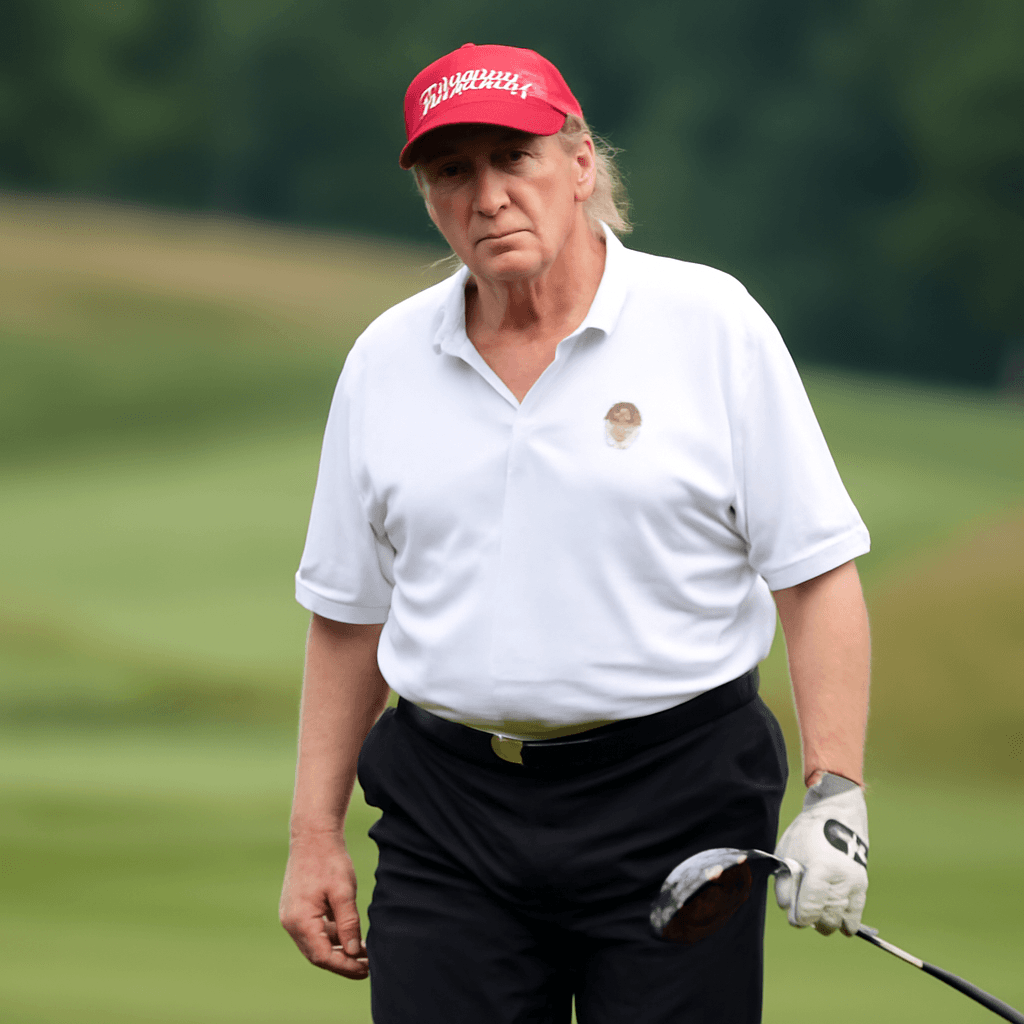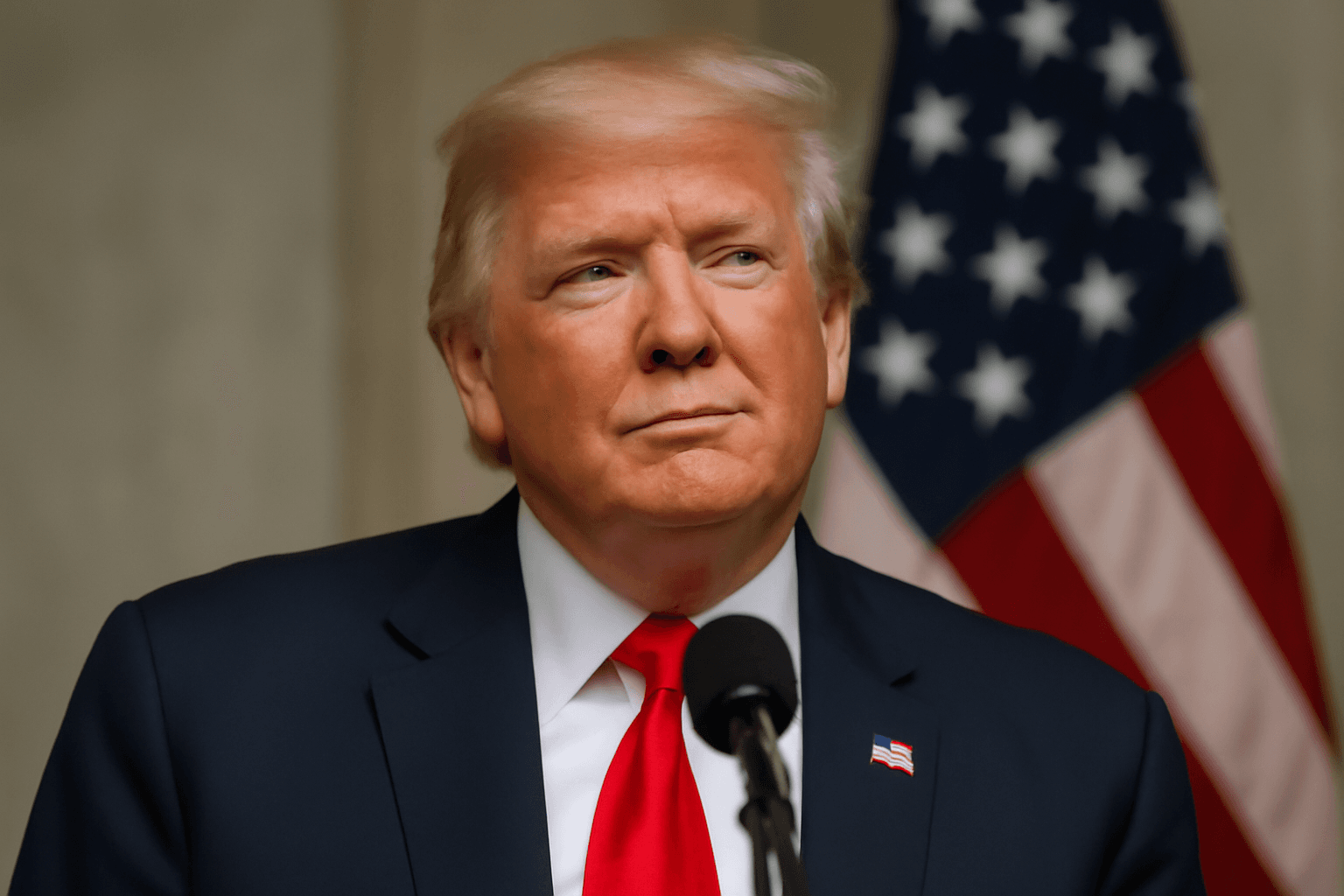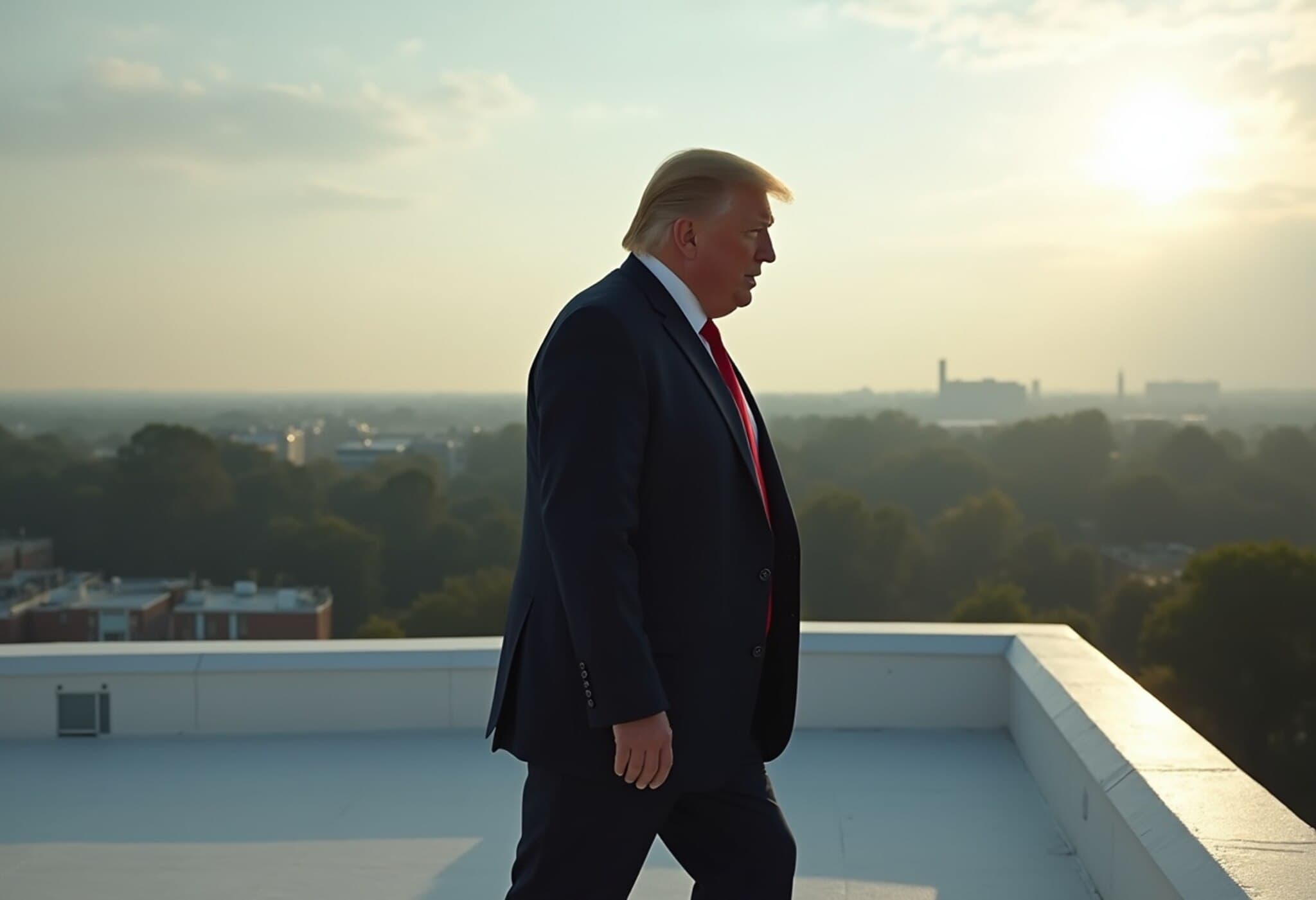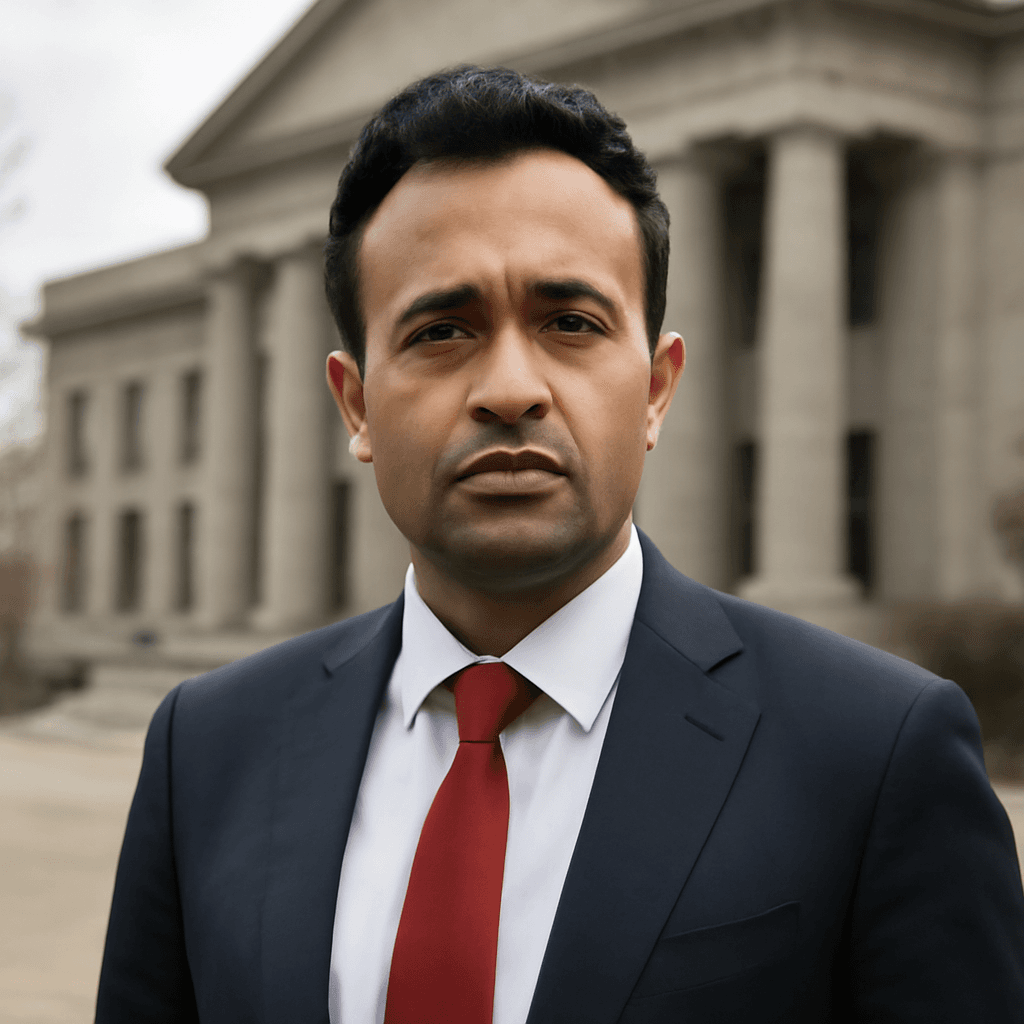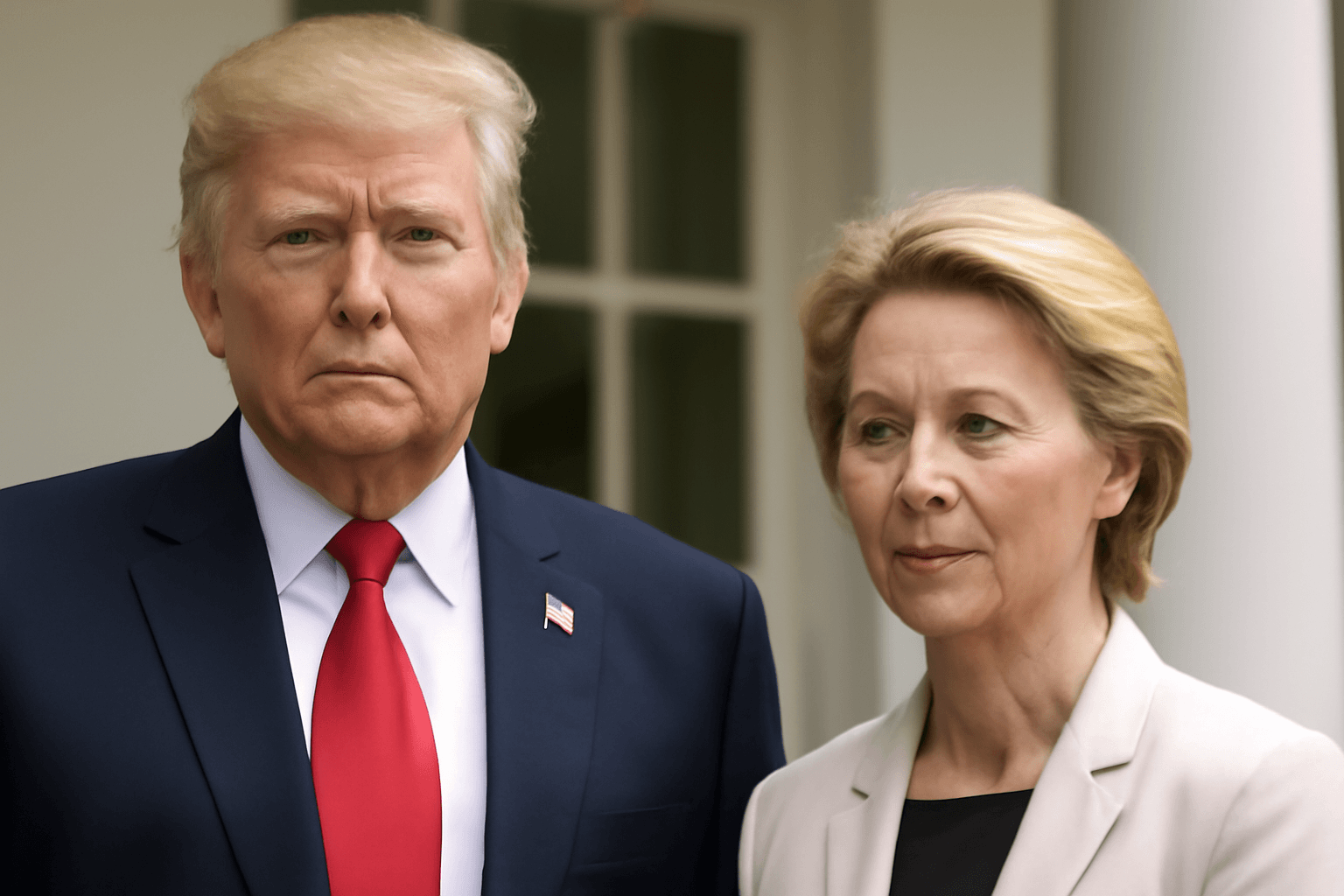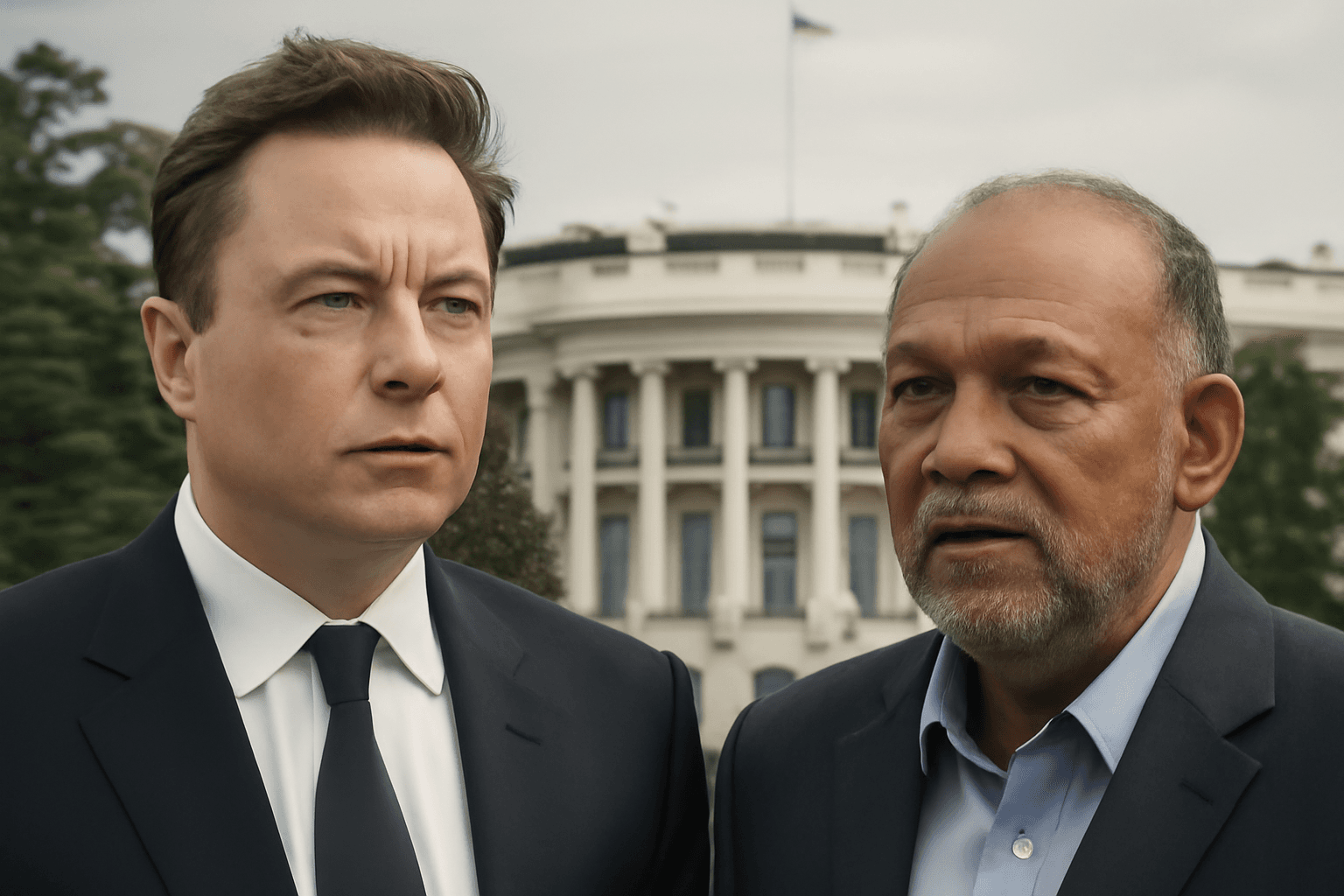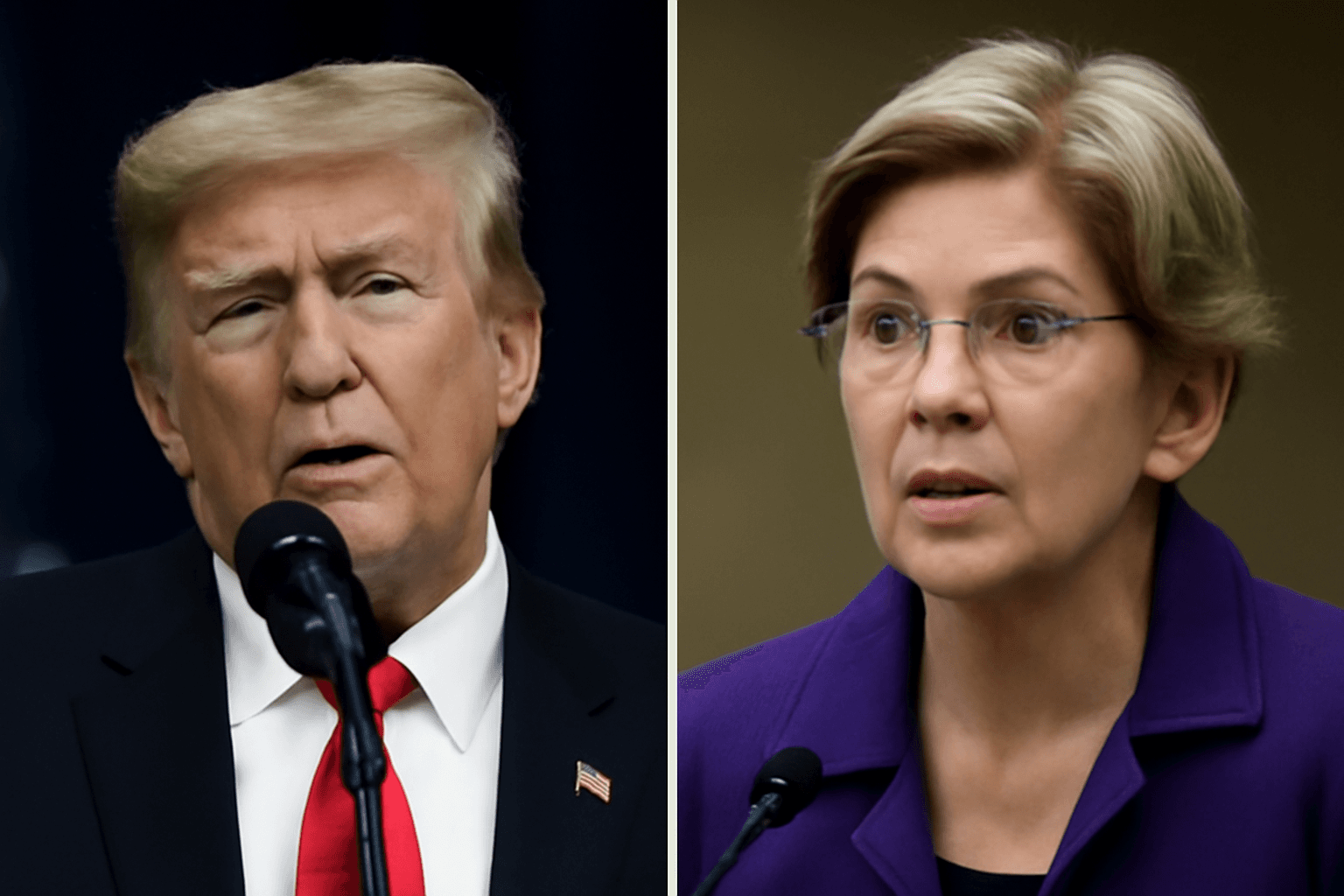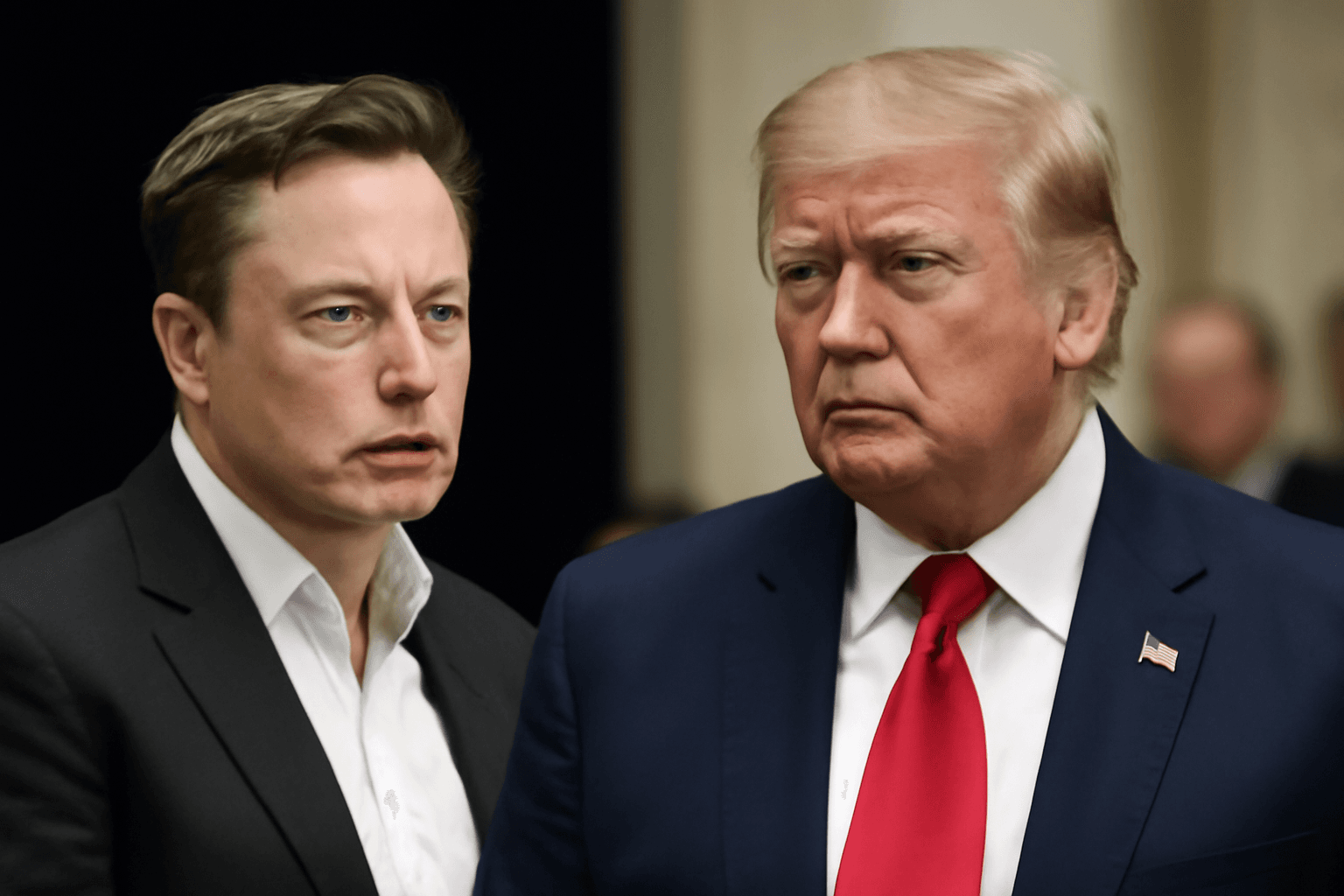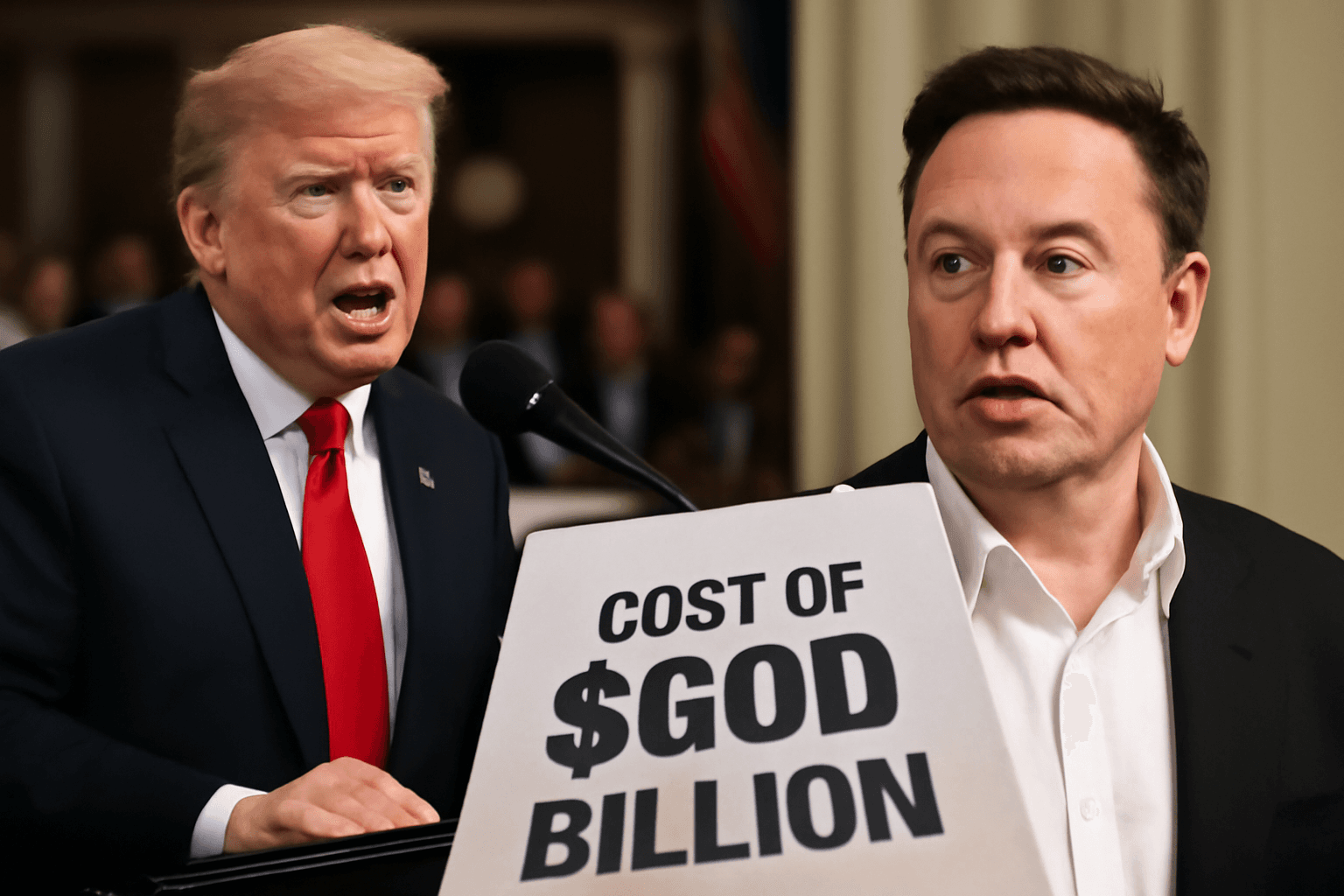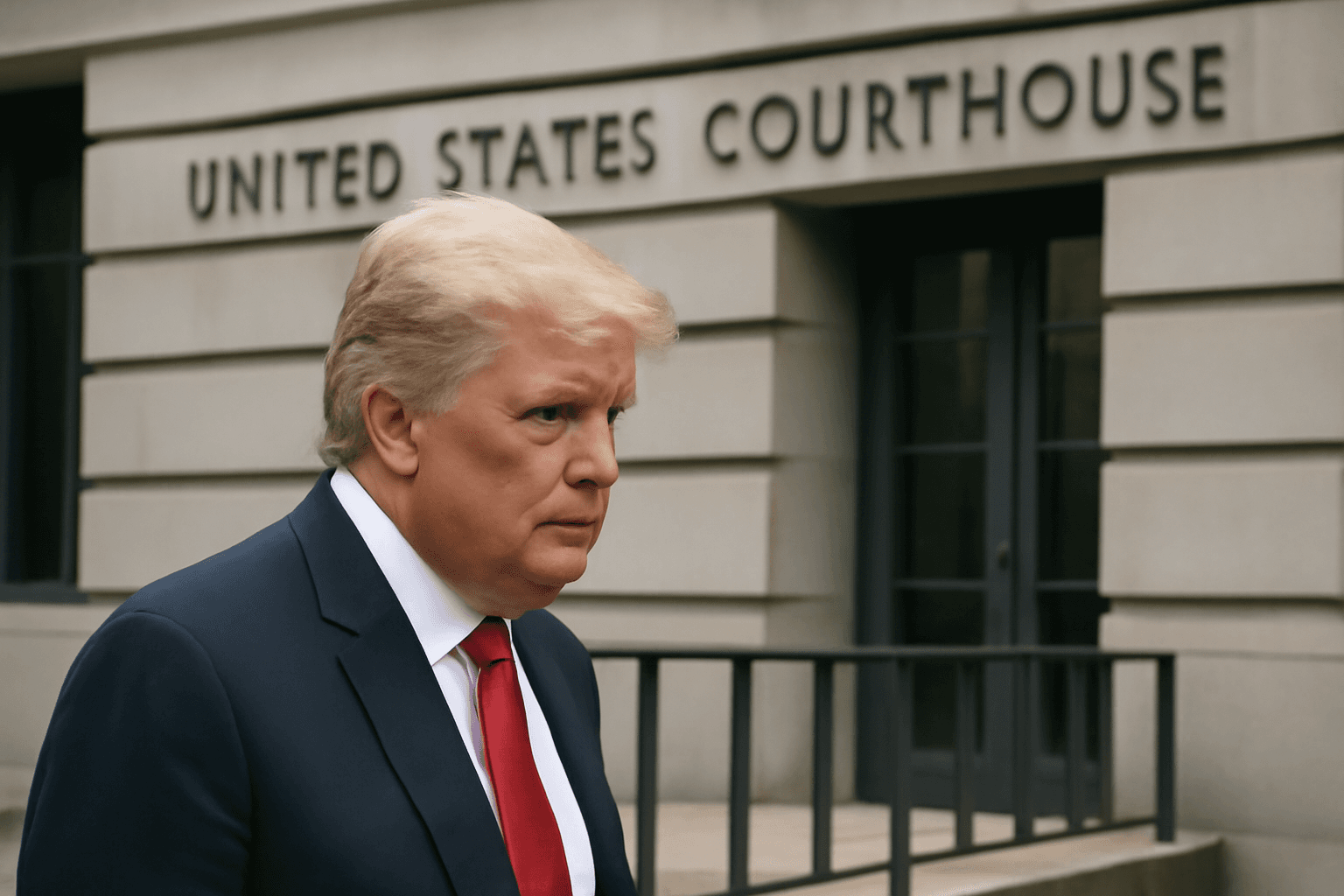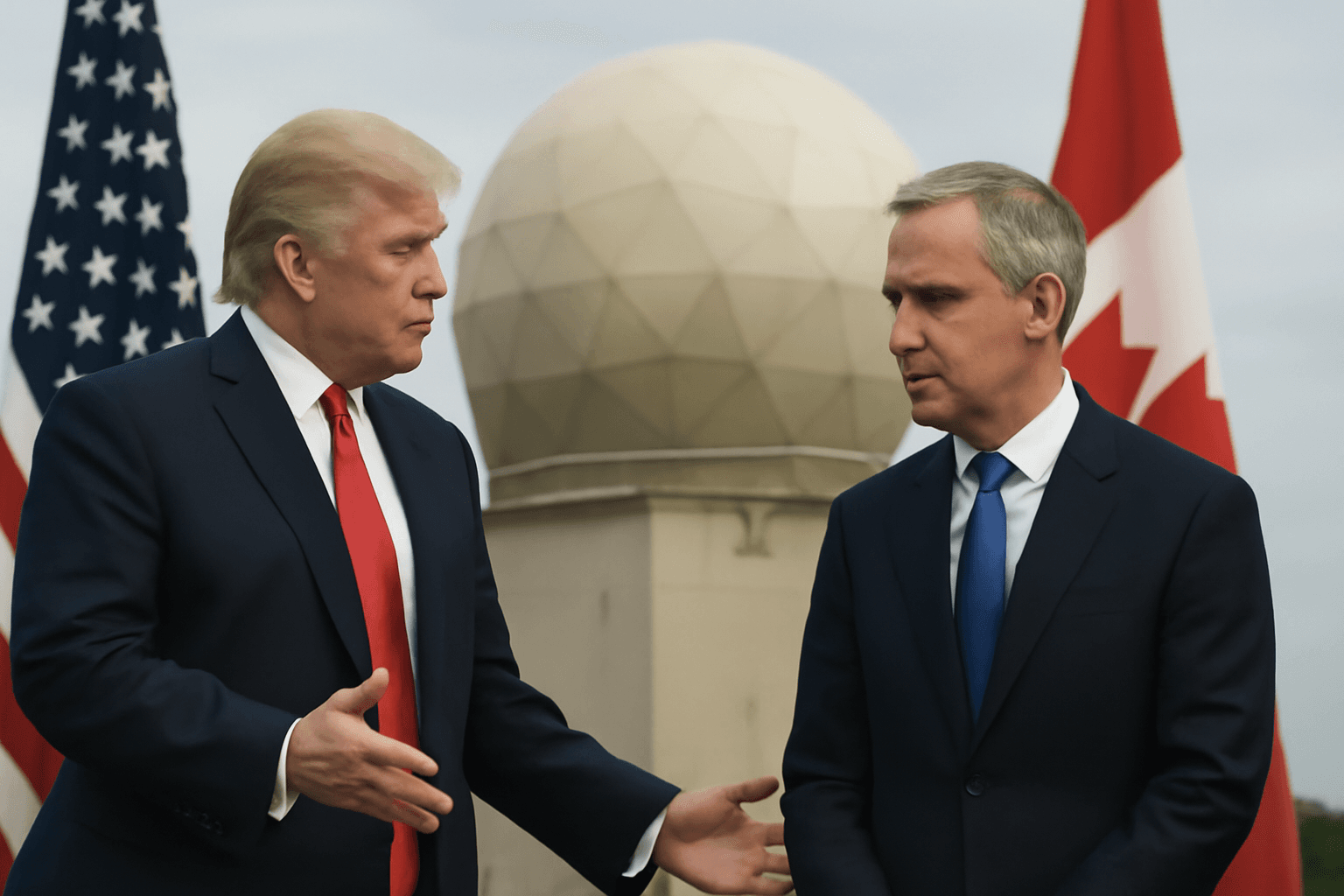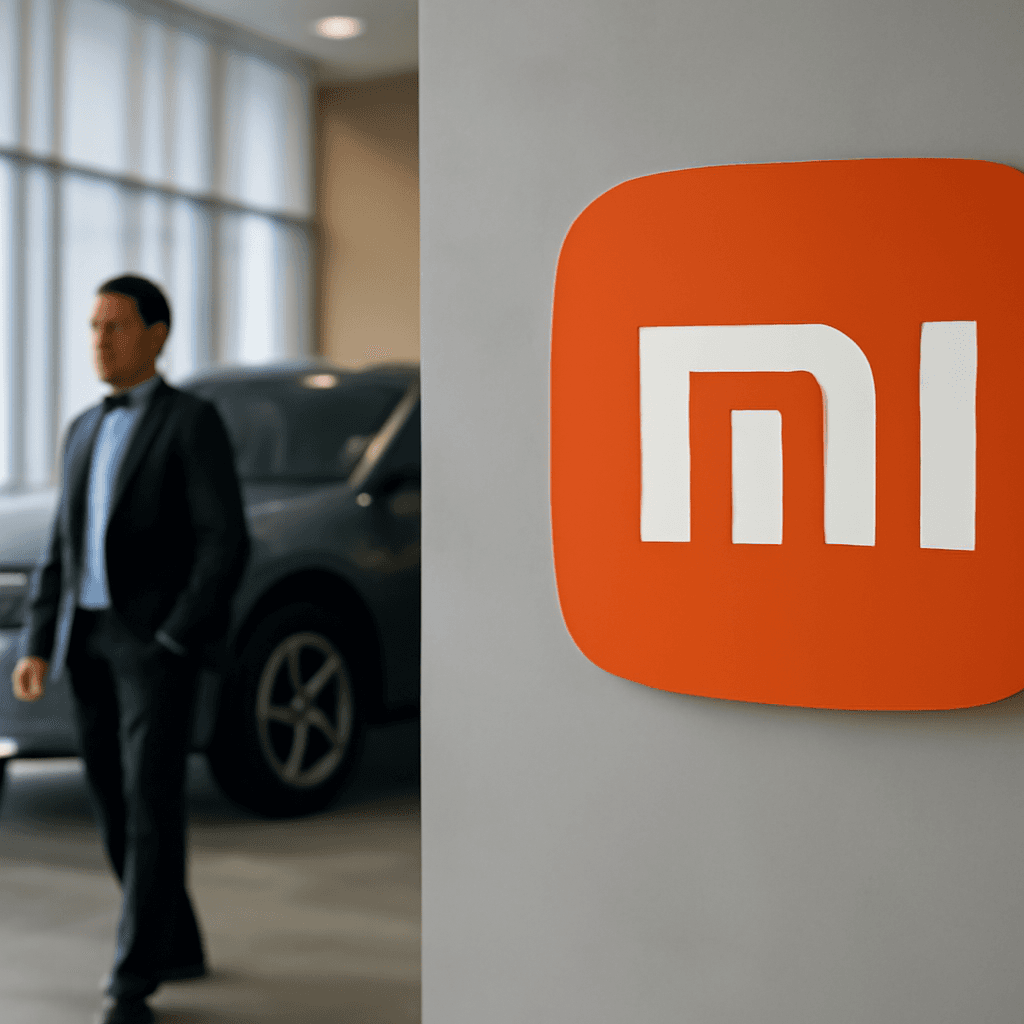Introduction: The Perils of Presidential Distance
Throughout history, U.S. presidents have sought to maintain a connection with everyday citizens, though presidential duties often create barriers to genuine, unscripted interactions with the public. Former President Donald Trump faces a similar challenge during his second term as he attempts to bridge the gap between his elevated status and his political base.
Managing Public Perception and Communication
During his first term, aides carefully filtered correspondence, prioritizing positive feedback to ensure the president engaged with favorable opinions. This practice illustrates the broader difficulty presidents face in receiving candid, critical perspectives amid the layers of advisors and security protections surrounding them.
Fred Ryan, a former White House scheduling official, notes that presidents primarily hear good news, as most visitors are chosen and eager to deliver supportive messages. This dynamic can limit presidential awareness of public challenges and dissatisfaction.
Trump’s Lifestyle and Its Impact on Voter Connection
Trump’s recent patterns show frequent weekends spent at his golf courses and luxury properties, portraying an image somewhat removed from working-class realities. By late May 2025, he had spent 14 of 18 weekends at his own estates, including Mar-a-Lago, a private club known for its exclusivity and high membership fees.
Rallies, a traditional tool for Trump to engage directly with his core supporters, have decreased dramatically, with only one rally held since inauguration compared to four during the initial months of his prior term. Such reduction in public events could weaken the direct emotional connection that fuels his political influence.
Calls for Increased Engagement
Supporters like Christopher Malick, a voter from Cleveland, emphasize the need for Trump to expand dialogue beyond his immediate inner circle and to actively listen to average Americans’ concerns. This shift may be crucial to maintain grassroots loyalty within the Republican base.
The Wealthy Circle Surrounding Trump’s Administration
Trump’s government incorporates several billionaires in key policy roles—Wall Street executives, hedge fund managers, and real estate moguls helm significant economic and diplomatic portfolios. This elite influence shapes policies, including tax and spending measures that analysts indicate could disproportionately benefit the wealthiest Americans.
- Congressional Budget Office projections: The proposed 'Big, Beautiful Bill' might reduce income by 2% for the bottom 10% of earners and increase it by 4% for the top 10% by 2027.
- Concerns over tariffs suggest increased costs for low- and middle-income families, posing risks to Trump’s working-class supporters.
The Challenge of Language and Public Perception
Trump’s unfiltered speaking style has often been praised for authenticity but may deepen perceived divides in moments. For instance, remarks about children adjusting to more expensive goods or using outdated terms like “groceries” and describing strollers as “the thing that you carry the babies around in” have alienated some voters who view such language as out of touch.
A voter from a Wisconsin focus group compared one of Trump’s comments to the infamous disconnect attributed to Marie Antoinette, indicating a sensitivity to perceived indifference toward ordinary struggles.
Comparisons to Other Presidents’ Engagement Methods
Previous presidents have utilized various approaches to stay connected with citizens: Jimmy Carter famously hosted a call-in radio show, and Barack Obama read letters from a diverse array of Americans. Technology has introduced new avenues, with current presidents able to monitor social media discourse personally.
Trump himself remains active on his social media platform, often amplifying messages from supporters, which reinforces his image as in tune with a distinct segment of the electorate.
Balancing Wealth and Relatability
Despite significant wealth and affluent surroundings, Trump projects an accessible demeanor through public appearances at sporting events and engagement in blue-collar contexts. This duality distinguishes his approach compared to predecessors and rivals.
Listening to Everyday Americans: Genuine or Performative?
Reports from campaign surrogates and attendees suggest Trump shows willingness to listen during direct interactions, such as discussing policy impact on industries like automobile manufacturing. However, presidential efforts to connect have historically encountered challenges, illustrated by anecdotes from Reagan’s administration where outreach efforts met unexpected realities.
Conclusion: Navigating the Complexities of Presidential Connection
Maintaining an authentic connection with everyday Americans remains a complicated endeavor for any president. For Donald Trump, balancing the trappings of immense power and wealth with the expectations of his political base will be critical as he seeks to sustain influence and address the concerns of a diverse electorate.

